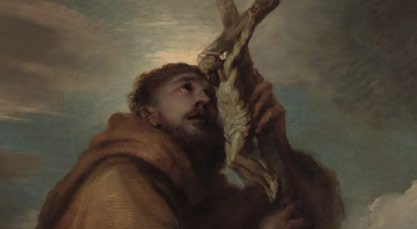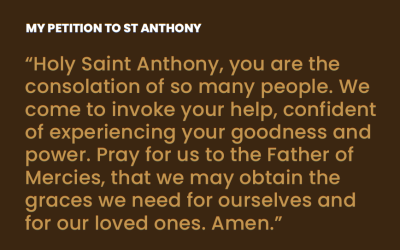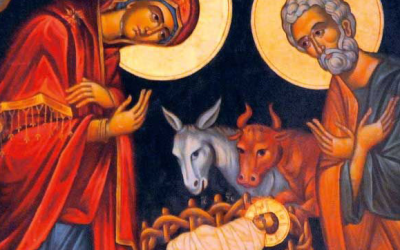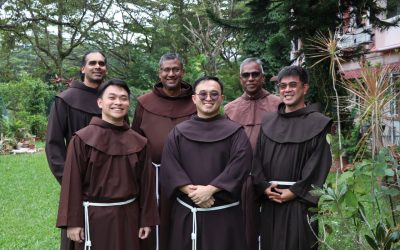
The Stations of the Cross, or the Way of the Cross, is a familiar Lenten practice for many Catholics, with the stations prominently displayed in churches worldwide. At the Church of St Mary of the Angels in Bukit Batok, the stations are uniquely situated outdoors, marked on pillars around the piazza. However, what many parishioners may not realize is the deep connection between the Stations of the Cross and Franciscan spirituality.
Stephen Copeland explored this Franciscan link in an article published in St Anthony Messenger. He noted that the Franciscans “have long had a different approach to the cross, one that comes into focus during the Lenten season. Their perspective and influence are most evident in the weekly liturgical practice of the Stations of the Cross, which the Franciscans played a vital historical role in establishing.” Although the liturgy of the Stations—where participants pray and meditate upon 14 scenes of Jesus’ journey to Calvary—might not immediately seem aligned with the optimism inherent in Franciscanism, Copeland argues that its history can enrich contemporary Lenten practices and personal approaches to the cross.
Within the Franciscan tradition, the Stations of the Cross emerged as a Lenten devotion shortly after St. Francis returned from the Holy Land in 1221. Pilgrims to the Holy Land often brought back relics from Palestine, but they also carried a desire to recreate scenes from the sacred sites to share their experiences with those unable to make the journey. In 1342, the pope entrusted the Franciscans with the care of the Church of the Holy Sepulchre—where Jesus was crucified—and the Via Crucis (the Way of the Cross) in Jerusalem. From this point, the Franciscans began actively promoting the devotion of the Stations of the Cross.
During the 15th and 16th centuries, the Franciscans constructed outdoor shrines across Europe to replicate their counterparts in the Holy Land. In 1686, Pope Innocent XI granted the Franciscans the exclusive right to erect stations within their churches. This privilege was extended in 1731 by Pope Clement XII, who allowed all churches to have the stations, provided they were installed by a Franciscan father with the local bishop’s consent. An Italian friar, St. Leonard of Port Maurice, became a fervent advocate for this devotion. Between 1731 and 1751, he erected the Stations at 572 locations across Italy, including the Colosseum in Rome, earning him the title “preacher of the Way of the Cross.” It was during this period that the number of stations was standardized at 14.
By 1862, the right to erect the Stations was extended to bishops throughout the Church, solidifying the Stations of the Cross as a permanent and universal part of Lenten prayers commemorating Christ’s passion, death, and burial. Friar Jim Sabak OFM, a historian and professor, reflected on St. Leonard’s motivations, stating, “St Leonard was ministering and writing in the aftermath of the Reformation and the breakdown of Christianity. For him, to try to reunify Christianity was to remember this man, Jesus, who died … In praying the Stations, St Leonard was saying to focus on the one who holds us together, even in death … it was to be prayed so that you knew the anchor and root of our faith.”
To delve deeper into this topic, Stephen Copeland’s article, “The Franciscan Connection to the Stations of the Cross,” is available at www.franciscanmedia.org/st-anthony-messenger/the-franciscan-connection-to-the-stations-of-the-cross/





0 Comments